
Dr. Rebecca Hale, University of North Carolina, Asheville Wayne Morgan, UNC Asheville Biology Elise Powell, UNC Asheville Biology Leila Beikmohamadi, Western Carolina University, Psychology Mara Alexander, US Bureau of Land Management Caroline Kennedy, UNC Asheville Biology Jennifer Rhode Ward, UNC Asheville Biology Pitchers of the purple pitcher plant, Sarracenia purpurea, are distinctly shorter and broader […]
Read More…
Dr. Sean Hoban, The Morton Arboretum, Taylor Callicrate, Species Conservation Toolkit Initiative, Chicago Zoological Society, Susan Deans, Plant Biology and Conservation Program, Northwestern University, Michael Dosmann, The Arnold Arboretum of Harvard University, Jeremie Fant, Chicago Botanic Garden, Oliver Gailing, University of Göttingen, Kayri Havens, Chicago Botanic Garden, Andrew Hipp, The Morton Arboretum, Priyanka Kadav, Michigan […]
Read More…
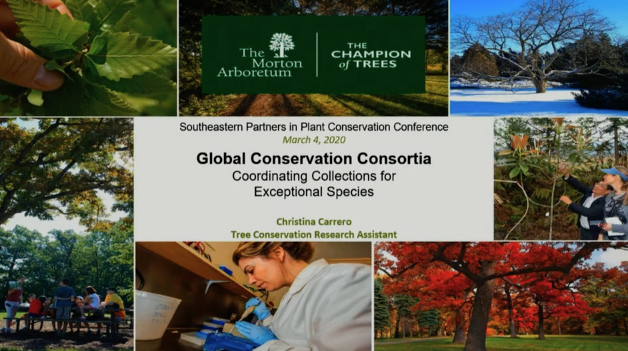
Christina Carrero, The Morton Arboretum, Emily Coffey, Atlanta Botanical Garden, Patrick Griffith, Montgomery Botanical Center A 2019 study by Griffith, et al. showed that gardens must collaborate to conserve genetic diversity, especially for exceptional species whose seeds cannot be properly seed banked. This process of capturing the genetic diversity of exceptional species in ex situ […]
Read More…
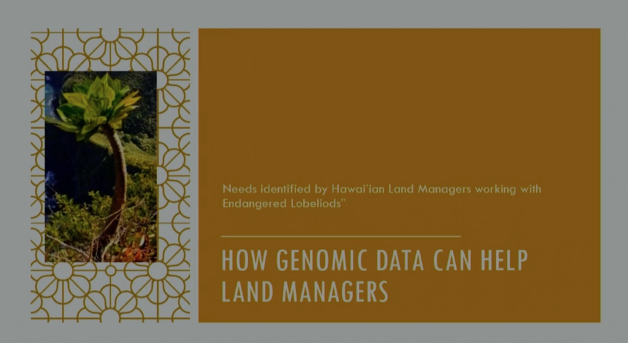
Dr. Jeremie Fant, Chicago Botanical Garden Many land managers are aware of the value of genetic data for making important decisions for the management of rare species. In the ever-expanding world of Genomics, practitioners now have access to more comprehensive and accurate data. However, the speed of change can make it hard to keep up […]
Read More…
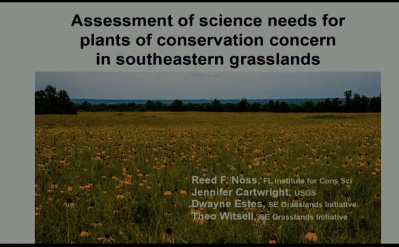
Dr. Reed Noss, Southeastern Grasslands Initiative, Florida Institute for Conservation Science and Southeastern Grasslands Initiative (Contractor) Jennifer Cartwright, U.S. Geological Survey Dwayne Estes, Southeastern Grasslands Initiative Theo Witsell, Southeastern Grasslands Initiative Grasslands of the southeastern United States are considered “endangered ecosystems,” with many grassland types having been reduced by more than 90% since European settlement […]
Read More…
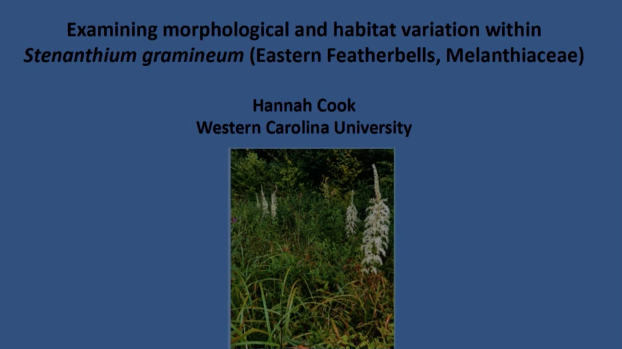
Hannah Cook, M.S. Candidate, Biology, Western Carolina University Stenanthium gramineum (Ker. Gawler) Morong, commonly known as “Eastern Featherbells” is a perennial herb that occurs in the Southern Appalachians and more broadly throughout the midwestern, southwestern and eastern U.S. Historically, this species has been under-studied, and is taxonomically unclear. Currently, two varieties are recognized, distinguished in […]
Read More…
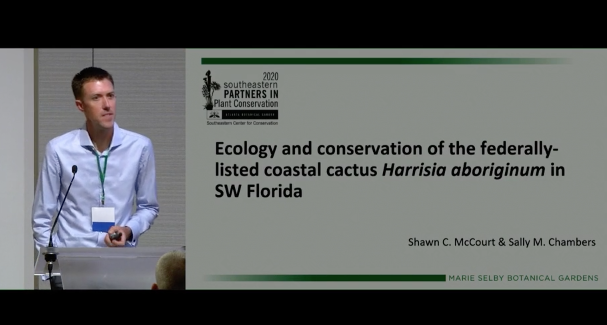
Shawn C. McCourt, Sally M. Chambers, and Bruce K. Holst, Marie Selby Botanical Gardens The genus Harrisia (Cactaceae) comprises 20 narrowly endemic species of night-blooming cacti with two widely separated geographic ranges, including South America south of Amazonia, as well as the West Indies and southern Florida. Commonly known as aboriginal prickly-apple, H. aboriginum is […]
Read More…
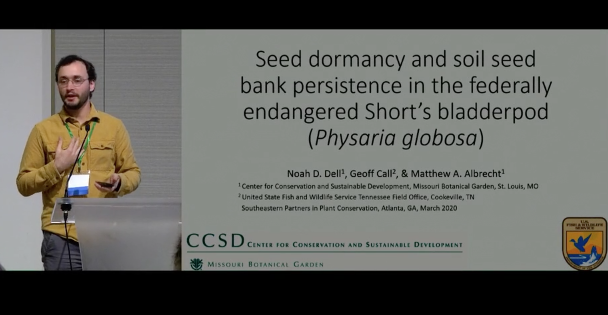
Noah Dell, Missouri Botanical Garden, Geoff Call, United States Fish and Wildlife Service, Matthew A. Albrecht, Missouri Botanical Garden Short’s bladderpod (Physaria globosa) was recently listed as federally endangered due to population decline across its range in Tennessee and Kentucky. However, little is known about the biology of the species and the potential mechanisms underlying […]
Read More…
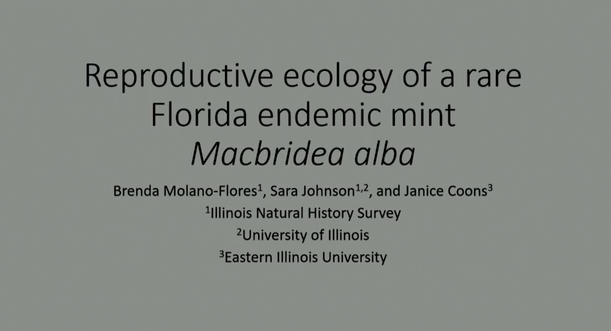
Brenda Molano-Flores, Illinois Natural History Survey, University of Illinois: Urbana-Champaign, Sara Johnson, Department of Natural Resources and Environmental Science at University of Illinois: Urbana-Champaign, & Janice Coons, Eastern Illinois University Macbridea alba (Lamiaceae) is a federally threatened and state endangered perennial herbaceous mint. It is endemic to grassy pine flat woods and occupies a range […]
Read More…
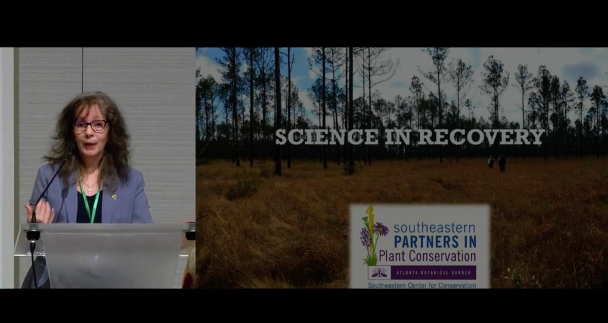
Dr. Vivian Negrón-Ortiz, U.S. Fish & Wildlife Service, Ms. Melanie Kaeser, U.S. Fish and Wildlife Service To protect and manage species listed under the U.S. Endangered Species Act requires the use of the best available science. Field-based studies on topics such as demography, reproductive biology, and seed ecology have provided sound conservation strategies for many […]
Read More…
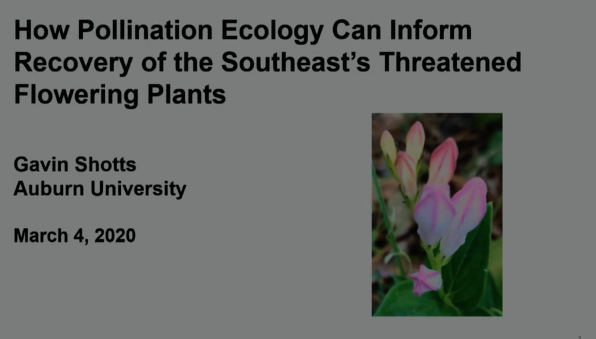
Gavin Shotts, Department of Biological Sciences, Auburn University Bashira Chowdhury, Department of Entomology & Plant Pathology, Auburn University Producing seeds is critical to maintaining sustainable populations and adaptive genetic diversity for the Southeast’s threatened flowering plants. Seed production often depends on adequate pollination, which is a frequent concern for threatened plants, and addressing pollination problems […]
Read More…
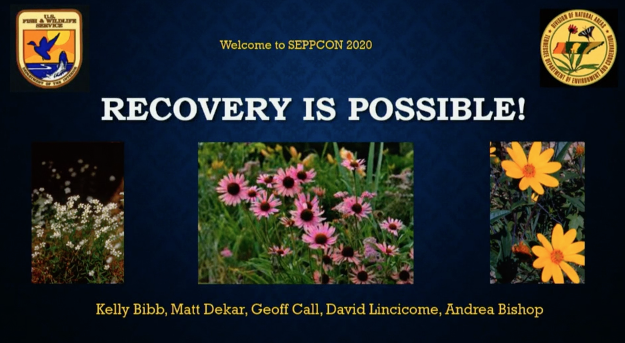
Kelly Bibb, U.S. Fish & Wildlife Service Geoff Call, U.S. Fish & Wildlife Service, David Lincicome, Natural Heritage Program Manager, Tennessee Department of Environment and Conservation (TDEC) Andrea Bishop, Natural Heritage Program Botanist, TDEC – Retired Effective partnerships guided by shared goals, such as recovery criteria, make it possible to recover endangered and threatened species […]
Read More…
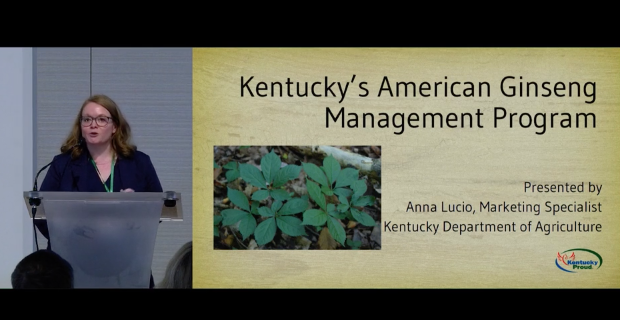
Anna Lucio, Kentucky Department of Agriculture The annual American ginseng (Panax quinquefolius) (ginseng) harvest is rooted with deep cultural and economic value in communities not often touched with conventional agriculture programs. Authorized under Kentucky statute and regulation, the Kentucky Department of Agriculture administrates the ginseng program for Kentucky. The requirements for this program come from […]
Read More…
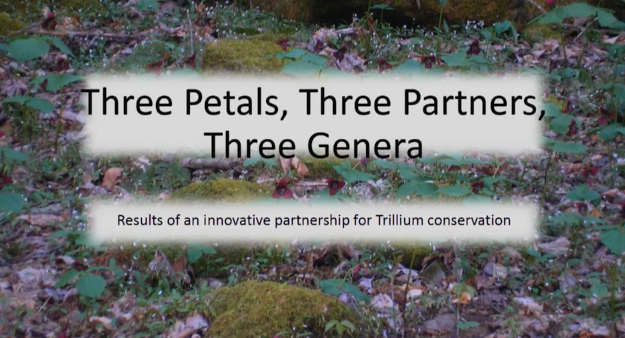
Clayton Meredith, ABQ Bio-Park In a partnership between the IUCN Species Survival Commission (IUCN SSC), NatureServe, and ABQ BioPark, conservation status assessments and comprehensive species action plans are being developed for select medicinal plant taxa. This effort is part of a larger collaboration between zoos, gardens, and aquaria and the IUCN SSC, which aims to […]
Read More…
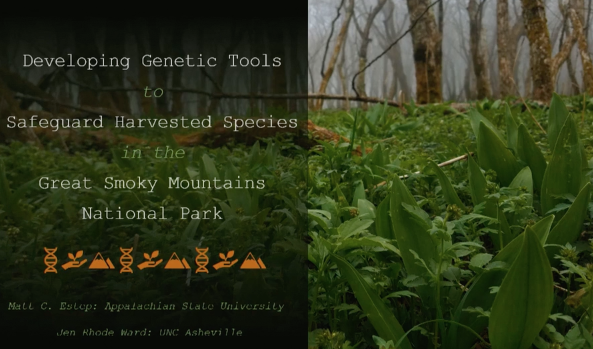
Dr. Matt Estep, Appalachian State University Jennifer Rhode Ward, University of North Carolina at Asheville Many plant species are being driven towards rarity due to exploitation for food, medicine, or the nursery trade. Land managers in the Smoky Mountain National Park are particularly concerned about two plant species: cutleaf coneflower / Sochan (Rudbeckia laciniata), and […]
Read More…
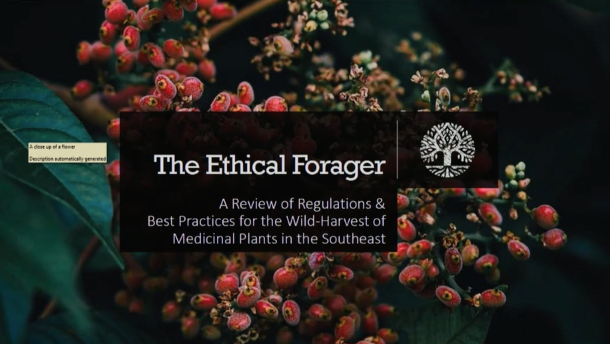
Laramie Smith, University of Georgia Dr. James Affolter, State Botanical Garden of Georgia and Department of Horticulture at the University of Georgia As the herbal supplement and alternative health industries grow, foraging for wild medicinals is becoming a more common and profitable phenomenon. In addition to the financial incentive to harvest non-timber forest products (NTFPs), […]
Read More…
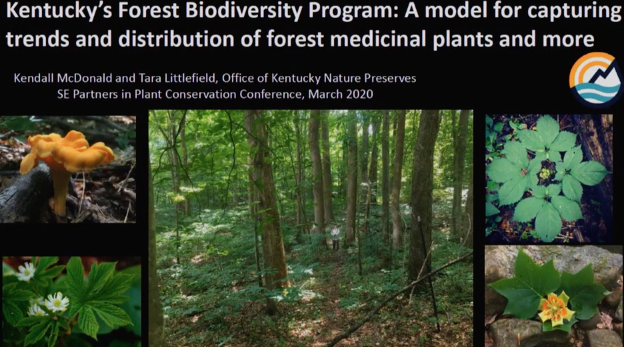
Kendall McDonald, Tara Littlefield, Office of Kentucky Nature Preserves The Office of Kentucky Nature Preserves (OKNP) is the natural heritage and natural areas program for Kentucky. OKNP maintains the Kentucky rare species database, and acquires and manages natural areas and nature preserves that host high quality communities and rare species. In 2019, OKNP created the […]
Read More…
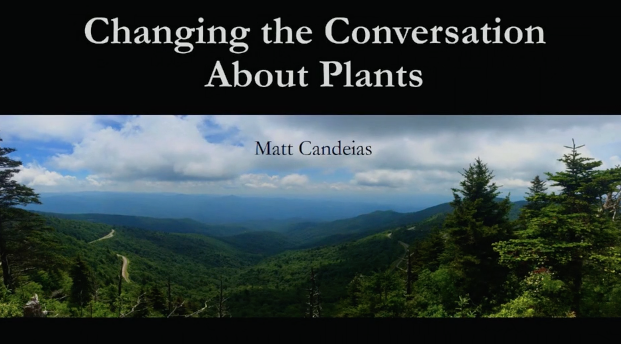
Matt Candeias, In Defense of Plants Plants are undeniably the most important organisms on Earth and yet, so few people pay them much attention unless they are attractive or useful in some way. This phenomenon is commonly referred to as “plant blindness,” and it is one of the largest hurdles to overcome if we desire […]
Read More…
















